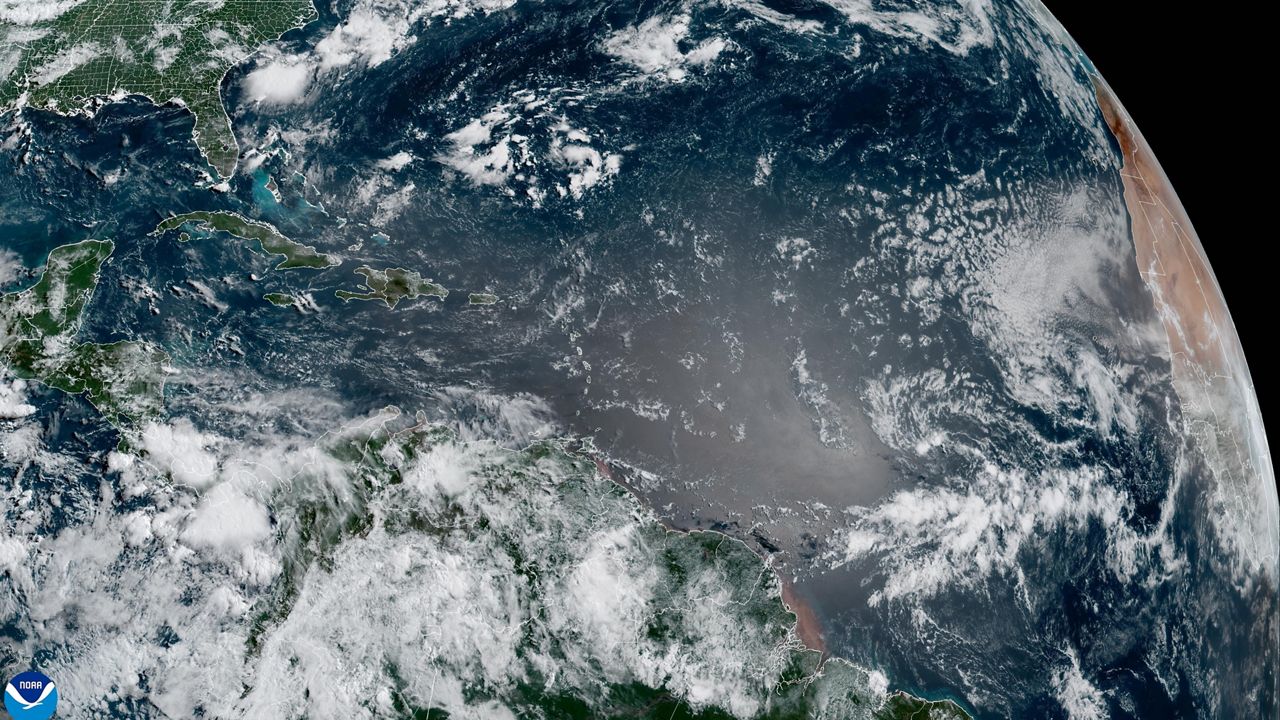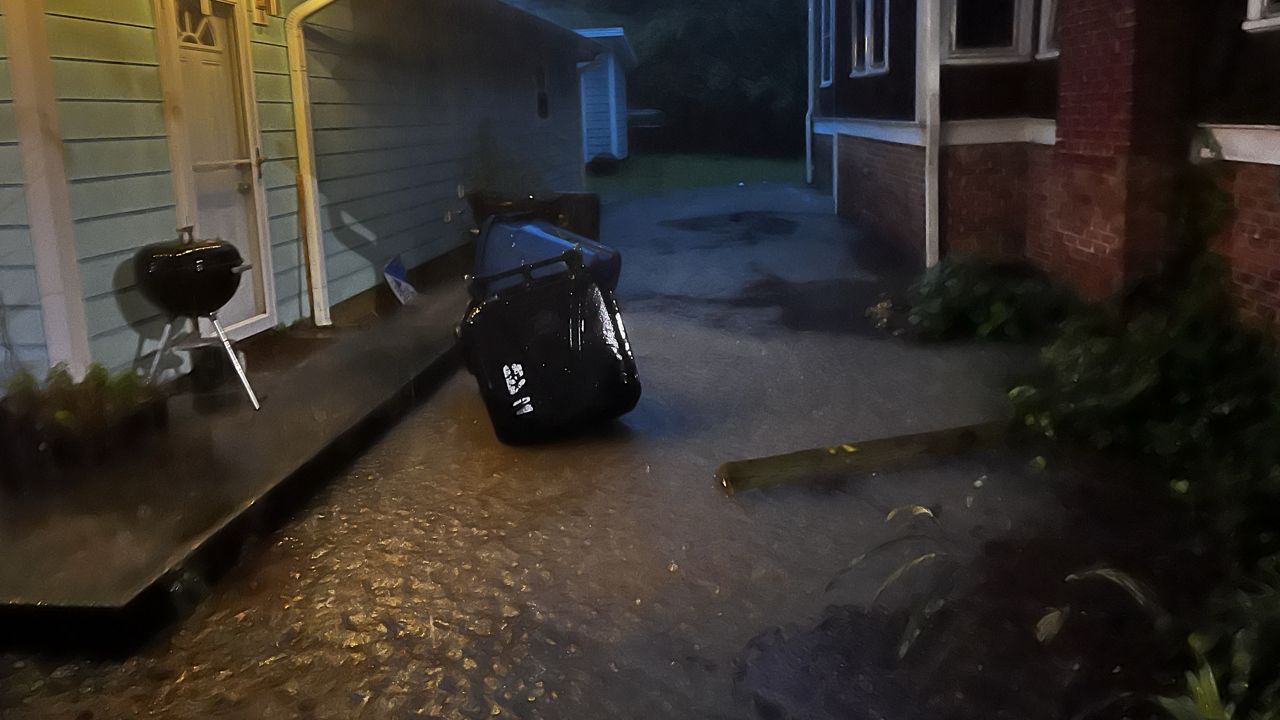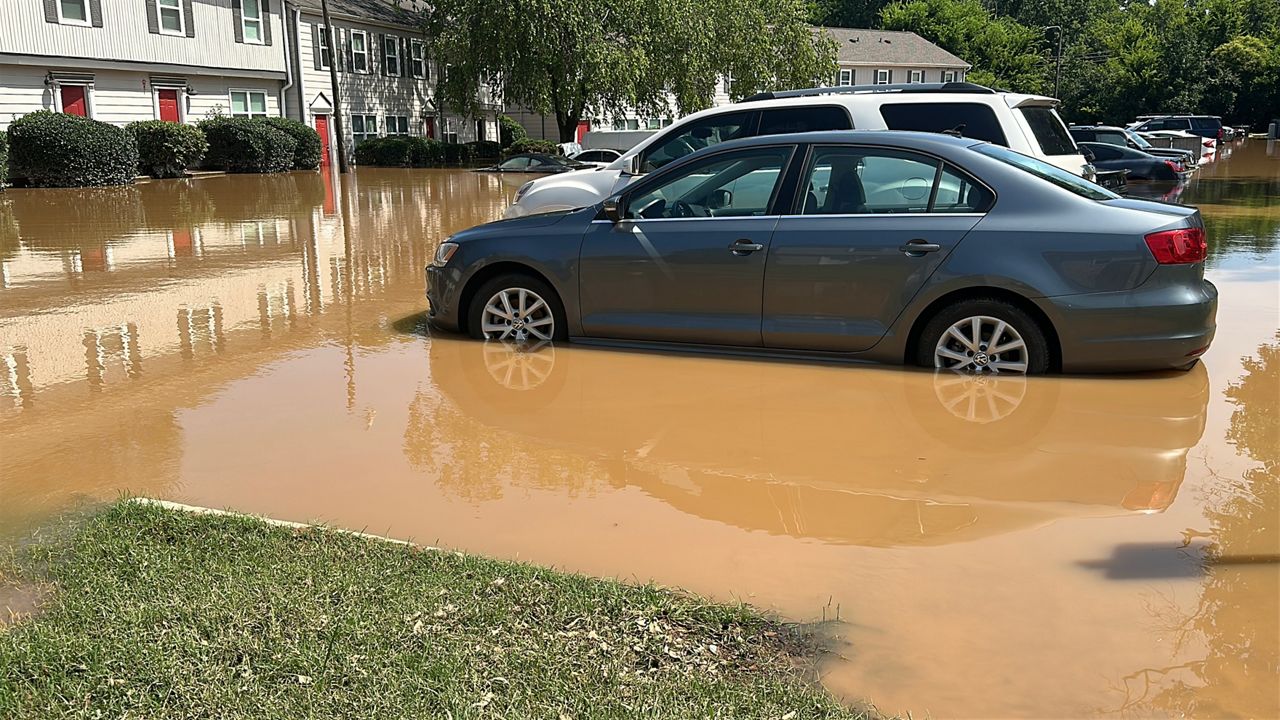NORTH CAROLINA -- Ever wonder what the difference is between mostly sunny and partly cloudy? Mostly cloudy & partly sunny? Well, if you have you're not alone.
- There's little difference between certain cloud coverage forecast terms
- Certain terms are even "interchangeable" and might even come down to a need for a more optimistic vs. pessimistic feel
- For example, if it's been cloudy and rainy for days on end, a forecaster may choose to use "partly sunny" instead of "mostly cloudy"
It's a question I hear often. And to be honest, there's little difference between certain cloud coverage forecast terms. Some may even say it's simply a matter of "semantics".
Certain terms are even "interchangeable" and might even come down to a need for a more optimistic vs. pessimistic feel.
For example, if it's been cloudy and rainy for days on end, a forecaster may choose to use "partly sunny" instead of "mostly cloudy". Or, if you're in the midst of a heat wave, "partly cloudy" could make it feel a little cooler than "mostly sunny".
Bottom line, a typically breakdown involves breaking up cloud coverage by tenths (percentage) and looks something like this:
- 0-10% Sunny/Clear
- 10-20% Fair
- 20-30% Mostly sunny
- 30-60% Partly cloudy
- 60-70% Partly sunny
- 70-90% Mostly cloudy
- 90-100% Overcast








